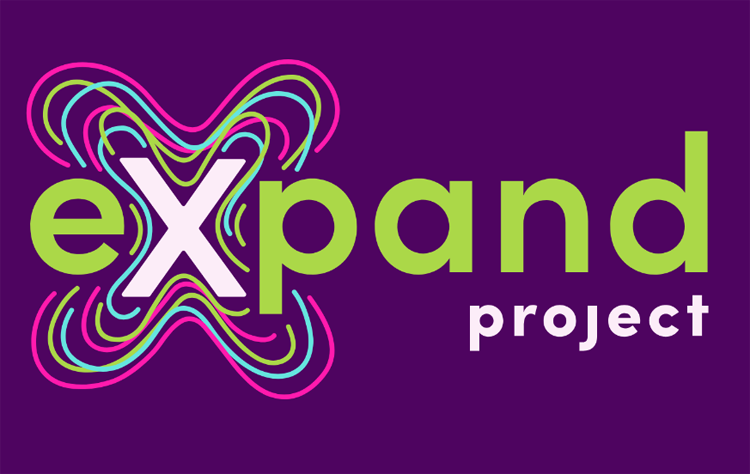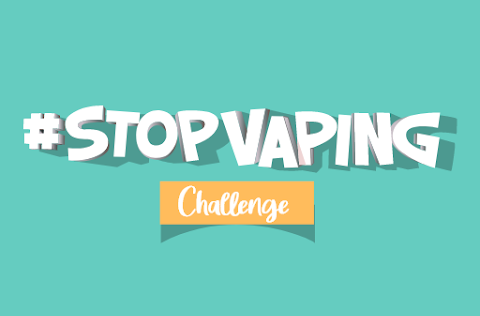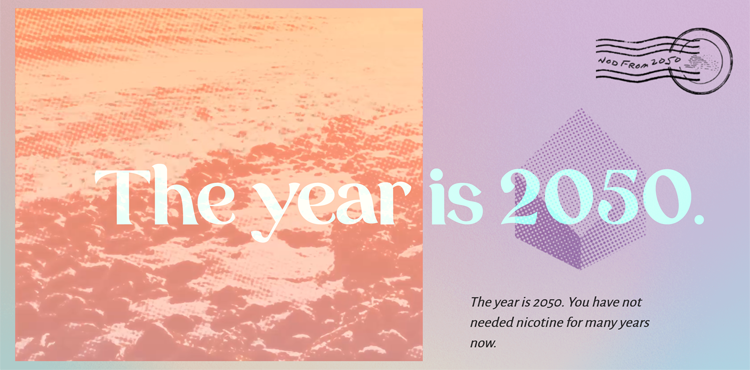Abstract
Marginalized populations are being disproportionally affected by the current pandemic. Direct effects include higher infection rates with greater morbidity and mortality; indirect effects stem from the societal response to limit the spread of the virus. These same groups also have smoking rates that are significantly higher than the general population. In this commentary, we discuss how the pandemic has been acting to further increase the harm from tobacco endured by these groups by applying the syndemic framework. Using this approach, we elaborate on the factors that promote clustering of harms from tobacco with harms from COVID-19. These include the worsening of psychological distress, a potential increase in smoking behaviour, greater exposure to second-hand smoke and less access to smoking cessation services. Then, we offer mitigation strategies to protect disadvantaged groups from tobacco-related harm during and following the COVID-19 pandemic. These strategies include affordable smoking cessation services, a proactive approach for smoking treatment using information technology, opportunistic screening and treatment of tobacco dependence among individuals presenting for COVID-19 vaccination, policy interventions for universal coverage of cessation pharmacotherapy, comprehensive smoke-free policies and regulation of tobacco retail density. Now more than ever, coordinated action between clinicians, health care systems, public health organizations and health policy makers is needed to protect vulnerable groups from the harm of tobacco.
Author(s): Osnat C. Melamed, Laurie Zawertailo, Robert Schwartz, Leslie Buckley, and Peter SelbyDate: June 2021
Type of Publication: Journal Article


 Download directly from your phone’s app store, or through the following links:
Download directly from your phone’s app store, or through the following links: 




